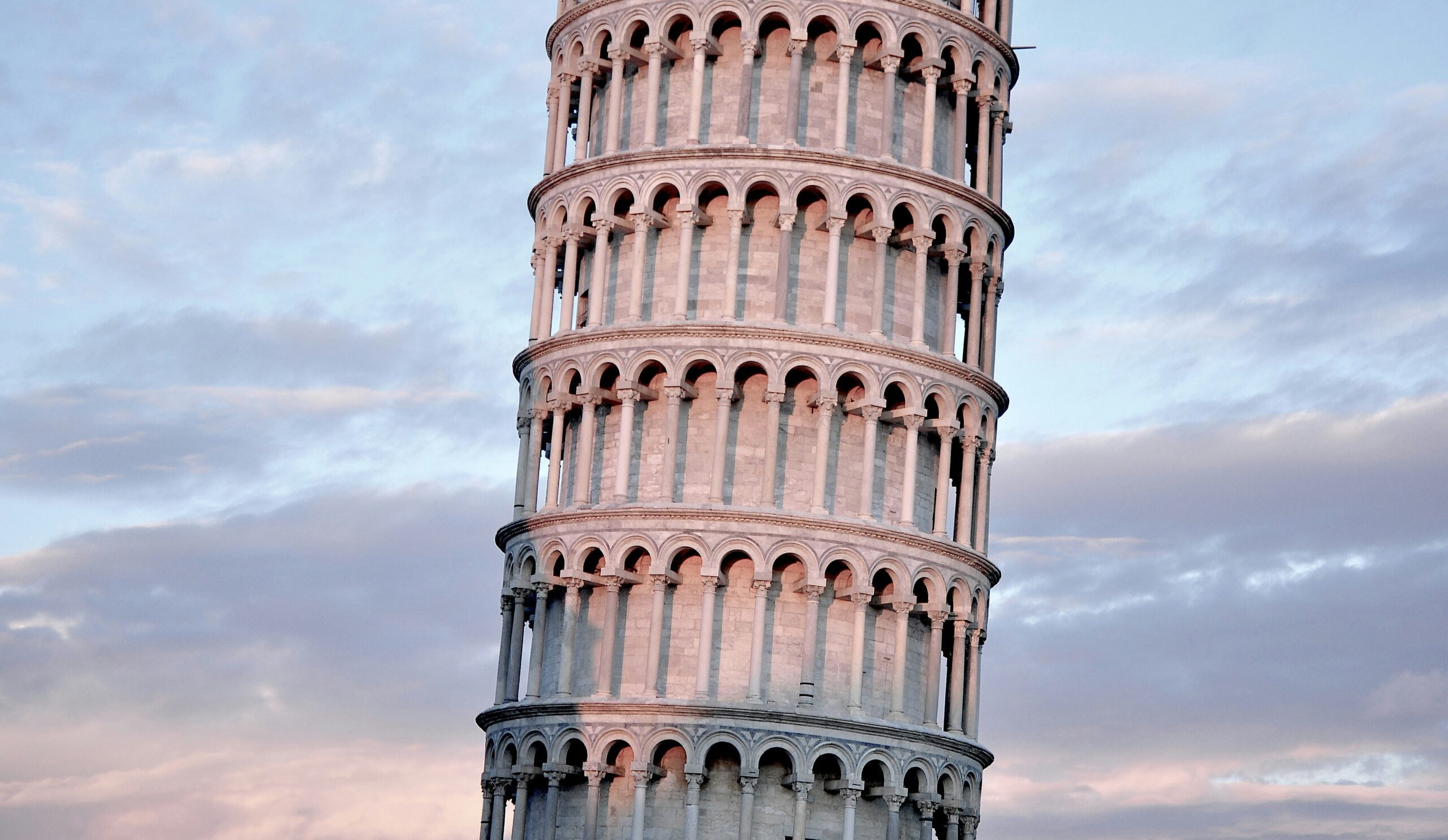Have you ever wondered how many people are needed for an escape room? Whether you’re planning a team-building activity or just looking for a fun way to spend an afternoon with friends, finding the right number of participants can make or break your escape room experience. In this article, we’ll explore the ideal group size for an escape room, and why it’s crucial to strike the perfect balance between teamwork and individual contributions. So gather your group, because it’s time to crack codes, solve puzzles, and unlock the secrets of an escape room adventure like never before!
Factors to Consider
When deciding how many people are needed for an escape room experience, there are several factors to consider. The size of the escape room, the difficulty level of the puzzles, and the experience level of the participants all play a role in determining the ideal group size. Understanding these factors will help ensure a successful and enjoyable escape room experience.
Ideal Group Size
Escape rooms can accommodate a range of group sizes, from as few as two people to larger groups of nine or more. The ideal group size depends on several factors, such as the size of the escape room itself and the dynamics of the participants. Let’s explore the advantages and disadvantages of different group sizes to help you determine which one is right for your escape room experience.

Advantages of a Small Group
A small group, typically consisting of 2-4 people, can offer some unique advantages in an escape room setting. With fewer participants, communication and collaboration become much easier. Everyone has a chance to contribute their ideas and work closely together to solve the puzzles. In a small group, each individual can also focus on multiple puzzles, increasing the efficiency of the team.
Advantages of a Medium Group
A medium-sized group, consisting of 5-8 people, brings a different set of advantages to the table. One significant advantage is the diverse skill set and perspectives that a medium group can offer. With more individuals, there are likely to be people with various strengths and weaknesses, allowing for a more comprehensive approach to problem-solving. Additionally, a medium group can split into smaller teams, allowing individuals to specialize in specific tasks and puzzles. This division of labor can enhance productivity and efficiency.

Advantages of a Large Group
For larger escape rooms or groups of 9 or more people, a large group can have its advantages. Multiple perspectives and brainpower can be harnessed to tackle complex puzzles and challenges. With a large group, tasks can be efficiently allocated, ensuring that everyone has an opportunity to contribute. Additionally, the social aspect of the escape room experience is enhanced in a large group, with more opportunities for interaction and bonding among participants.
Disadvantages of a Small Group
While there are advantages to a small group, there are also some disadvantages to consider. With a limited number of participants, there may be a limited skill set available. Certain puzzles may require specific knowledge or abilities that may be lacking in a small group. Furthermore, handling multiple puzzles simultaneously can be challenging for a small group, increasing the pressure and responsibility on each individual.

Disadvantages of a Medium Group
In a medium group, there is the potential for conflict and disagreements. With more individuals involved, differing opinions and approaches are more likely to arise. This can lead to challenges in coordination and communication, potentially slowing down progress. Additionally, the distribution of tasks and responsibilities may not be equal, leading to some individuals feeling overwhelmed or others feeling left out.
Disadvantages of a Large Group
While a large group brings its advantages, there are also some disadvantages to consider. Maintaining focus and attention can be challenging with a large number of participants. With more people, there is also the possibility of noise and distraction, making it harder to concentrate on solving puzzles. Additionally, in a large group, waiting time for participation in certain tasks or puzzles may be increased, leading to some individuals feeling less engaged.

Flexibility of Escape Rooms
Escape rooms offer a level of flexibility that allows for customization based on the group’s preferences and objectives. Escape room designers understand that different groups may have different skill levels and preferences, and they offer options to adjust the difficulty level accordingly. If you have a preference for a more challenging or easier experience, escape rooms can accommodate those needs.
Customization of challenges is another aspect that adds to the flexibility of escape rooms. Escape room experiences can be tailored to specific themes or interests, allowing groups to choose scenarios that align with their preferences. Whether you are interested in solving a murder mystery or exploring an ancient tomb, escape rooms can provide a wide range of challenges to match your desired experience.
Additionally, escape rooms often have multiple versions or iterations available. This allows groups to return to the same escape room and experience new challenges or puzzles. It adds an element of replayability and ensures that avid escape room enthusiasts can always find new adventures to embark on.
Conclusion
When deciding on the ideal group size for an escape room experience, it is essential to consider the factors of the escape room size, difficulty level, and participants’ experience level. Each group size, whether small, medium, or large, brings unique advantages and disadvantages.
A small group allows for increased communication and collaboration, as well as individuals focusing on multiple puzzles. A medium group offers diverse skill sets and the ability to work in smaller teams, promoting healthy competition. A large group brings in multiple perspectives, efficient task allocation, and enhanced social interaction.
However, there are also disadvantages for each group size. Small groups may have a limited skill set and difficulty handling multiple puzzles. Medium groups may encounter conflicts and coordination challenges. Large groups may struggle to maintain focus and experience longer waiting times.
Ultimately, the ideal group size will depend on the dynamics of your group and their objectives. Escape rooms offer flexibility in adjusting the difficulty level, customization of challenges, and the availability of multiple versions to cater to various preferences. By considering group dynamics, personal preferences, and providing equal participation opportunities, you can ensure a memorable and enjoyable escape room experience.
